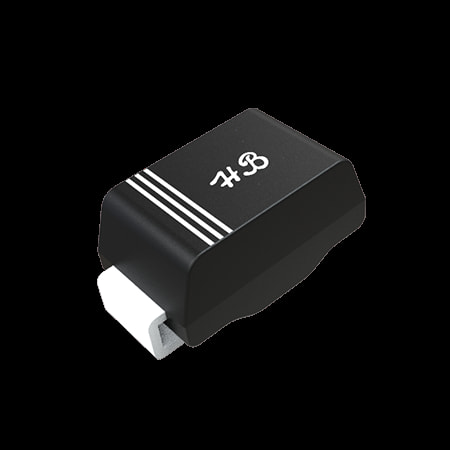How to Choose a Diode for a Rectifier?
When designing an electrical system that requires the conversion of alternating current (AC) to direct current (DC), selecting the appropriate diode for the rectifier is crucial. The diode, being the heart of the rectifier, determines the efficiency, reliability, and overall performance of the system. Here's a step-by-step guide on how to choose a diode for a rectifier.

Step 1: Determine the Operating Voltage and Current
The first step in choosing a diode for a rectifier is to determine the operating voltage and current of the system. The diode must be able to handle the peak voltage and current that it will encounter during operation. Consider factors such as the input AC voltage, the desired DC output voltage, and the anticipated current draw of the load.
Step 2: Evaluate the Reverse Voltage Capability
Rectifier diodes are exposed to high reverse voltages during operation. It's essential to choose a diode that can withstand the maximum reverse voltage without breaking down. The diode's reverse voltage rating should exceed the peak reverse voltage in the system to ensure reliable operation.
Step 3: Consider the Forward Voltage Drop
The forward voltage drop is the voltage across the diode when it's in the forward conduction state. This voltage drop results in power loss and reduces the overall efficiency of the rectifier. Choose a diode with a low forward voltage drop to minimize power loss and improve efficiency.
Recommended article:What factors influence high voltage diode purchasing decisions?
What to Know About OEM General Rectifier Diodes
Maximize Efficiency: Small Signal Schottky Diode Explained
What are the Differences Between WiFi 4, WiFi 5, and WiFi 6?
What Factors Influence Super Fast Recovery Diode Purchases?
Step 4: Assess the Reverse Leakage Current
How Does an Ultra Fast Bridge Rectifier Improve Performance?
Key Considerations When Choosing Fast Recovery Diodes
Even when a diode is in the reverse blocking state, a small amount of current may still flow through it, known as the reverse leakage current. This current can accumulate over time and cause damage to the diode or other components in the system. Choose a diode with a low reverse leakage current to minimize this risk.
Step 5: Evaluate Thermal Considerations
Diodes generate heat during operation, and excessive heat can lead to premature failure. Consider the thermal design of the rectifier and the expected operating temperatures. Choose a diode with a high thermal tolerance and an appropriate heat sink or cooling system to ensure reliable operation under all conditions.
Step 6: Consider the Package Type and Size
The package type and size of the diode can affect its installation and integration into the rectifier. Choose a diode that fits within the available space and is compatible with the mounting and interconnection methods used in the system.
Step 7: Evaluate Cost and Availability
Finally, consider the cost and availability of the diode. Compare the prices of different diodes and evaluate their performance and reliability. Choose a diode that meets your requirements while staying within your budget. Also, ensure that the diode is readily available from reliable suppliers to minimize delays in your project.
In conclusion, choosing the right diode for a rectifier requires careful consideration of various factors, including operating voltage and current, reverse voltage capability, forward voltage drop, reverse leakage current, thermal considerations, package type and size, as well as cost and availability. By following these steps, you can select a diode that will provide reliable and efficient operation for your rectifier system.
Essential Guide to OEM Protection Diodes: What You Need
Super Fast Recovery Diode vs Traditional Diodes: Key Differences Explained
None
None

Comments